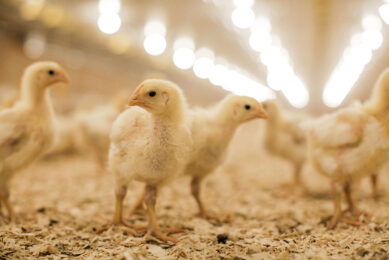White biotech discussed at Evonik conference
White biotechnology is becoming a major driver of growth and innovation in the chemical industry of the 21st century is one of the conclusions made at Evonik Industries’ conference on white biotechnology in Marl, Germany.
Thanks to its low energy and resource intensity, white biotechnology is already scoring many points as an alternative to conventional contemporary chemical processes.
The two Area of Competence Days held at Evonik underscored, however, that the economic and ecological potential of this technology is far from exhausted.
The event, Bio Business Perspectives, brought together some 150 company employees, business leaders, and politicians on September 9 and 10, 2009. The discussion centred on new biotech processes and products to meet the needs of tomorrow.
What is it?
White Biotechnology is an emerging field within modern biotechnology that serves industry. It uses living cells like moulds, yeasts or bacteria, as well as enzymes to produce goods and services. Living cells can be used as they are or improved to work as "cell factories" to produce enzymes for industry. White Biotech can help realize substantial gains for both environment, consumers and industry.
“White biotechnology means new methods, new possibilities, and new markets based on nature,” said Patrik Wohlhauser, chairman of the Management Board at Evonik Degussa GmbH.
“Fewer CO2 emissions, lower energy consumption, and higher efficiency – these advantages of white biotechnology are particularly welcome news in difficult times.
“The health, nutrition, and cosmetics markets continue to open up new growth opportunities for bio-based products,” Wohlhauser continued.
Business cases
In their business unit presentations, Evonik’s experts discussed today’s biotechnology business, with all its opportunities and risks, and highlighted potential growth areas.
Christophe Rupp-Dahlem, director of the vegetal-based chemistry program of the French company Roquette, introduced the fermentative production of succinic acid from glucose.
The acid can be used in the manufacture of new materials, and a demo plant is scheduled to become operational this year, with a first production plant to follow two years later.
“Industrial biotechnology will be a cornerstone of our future bio-product technologies,” Rupp-Dahlem emphasized.











